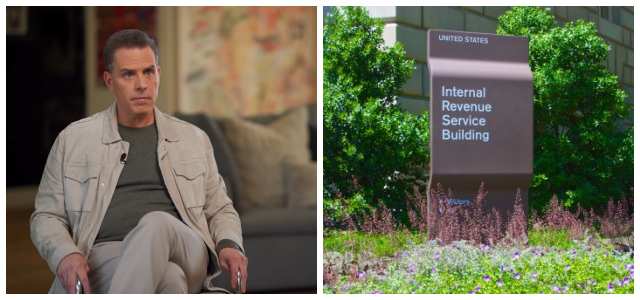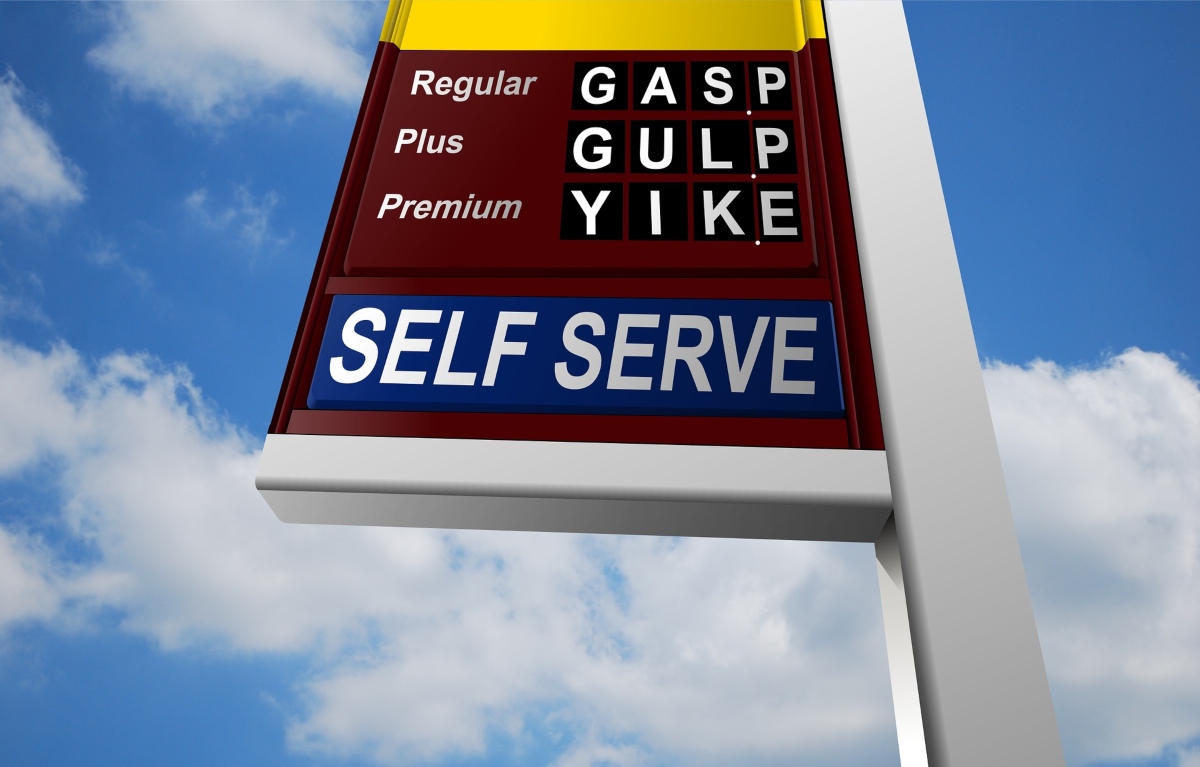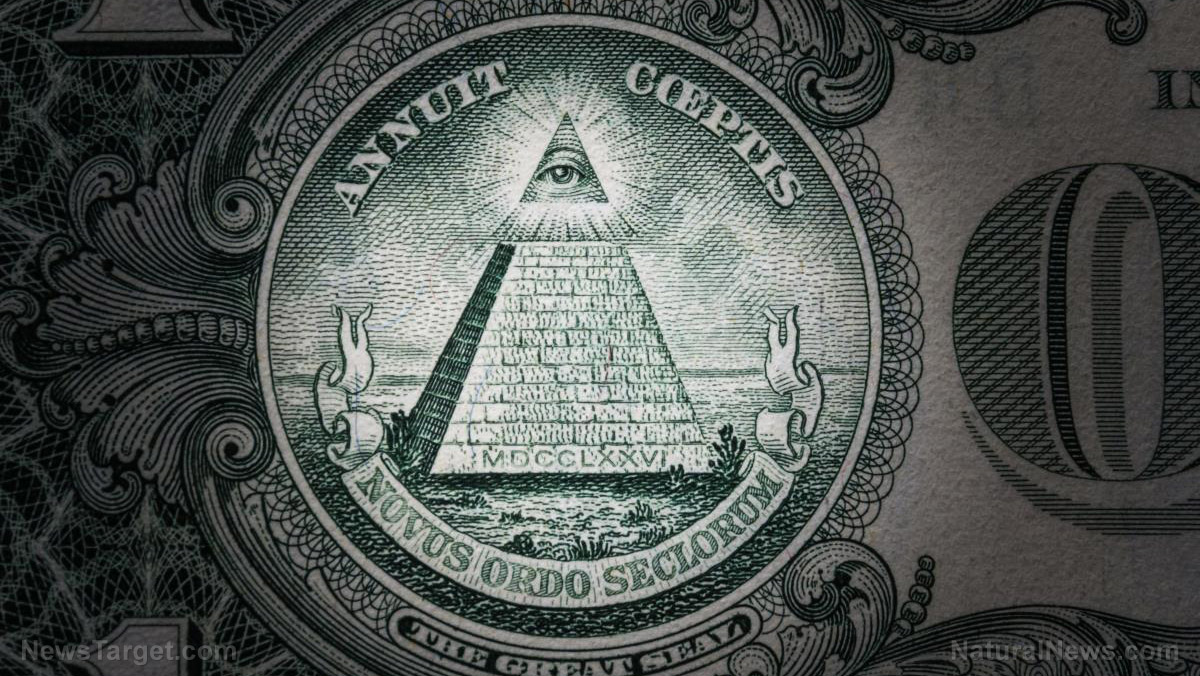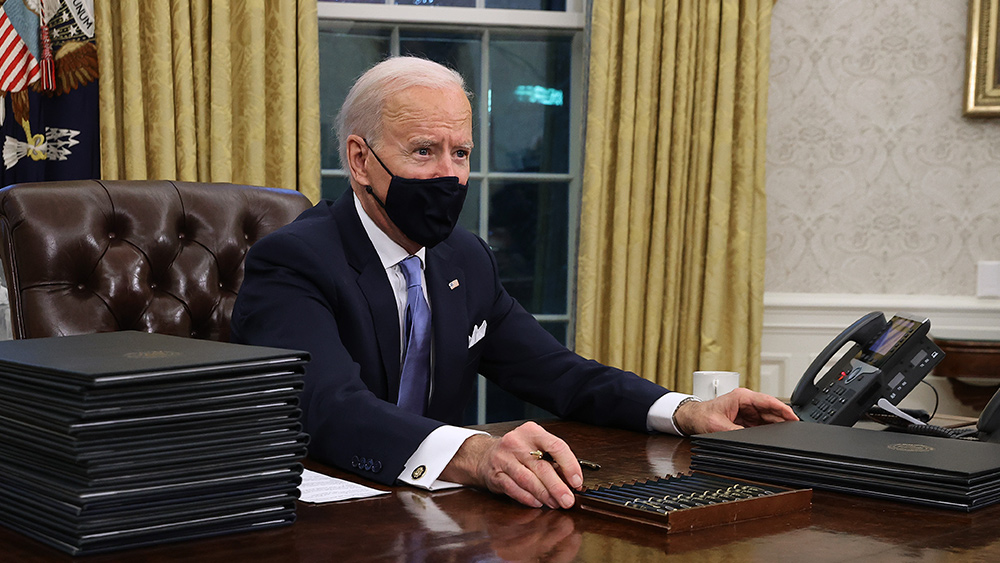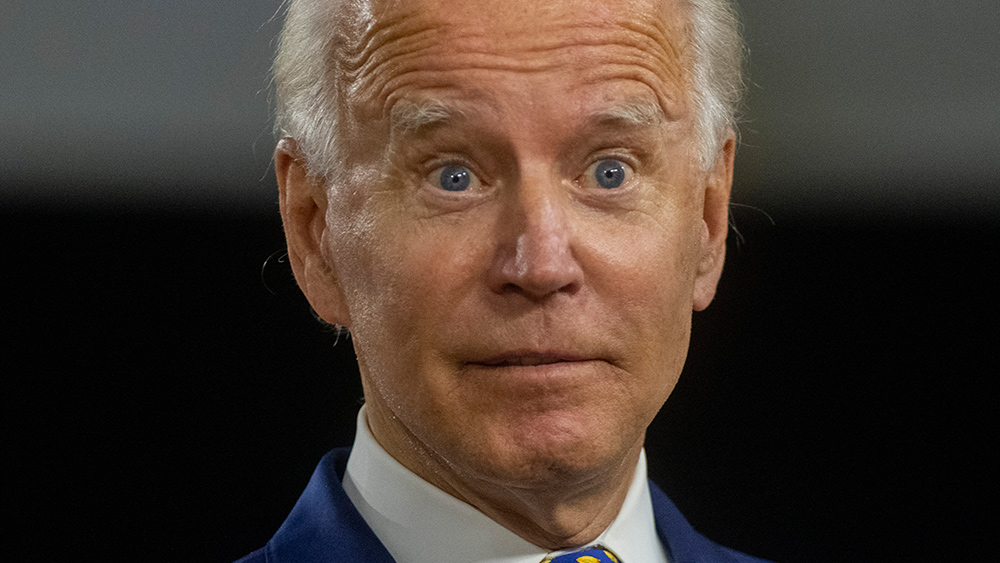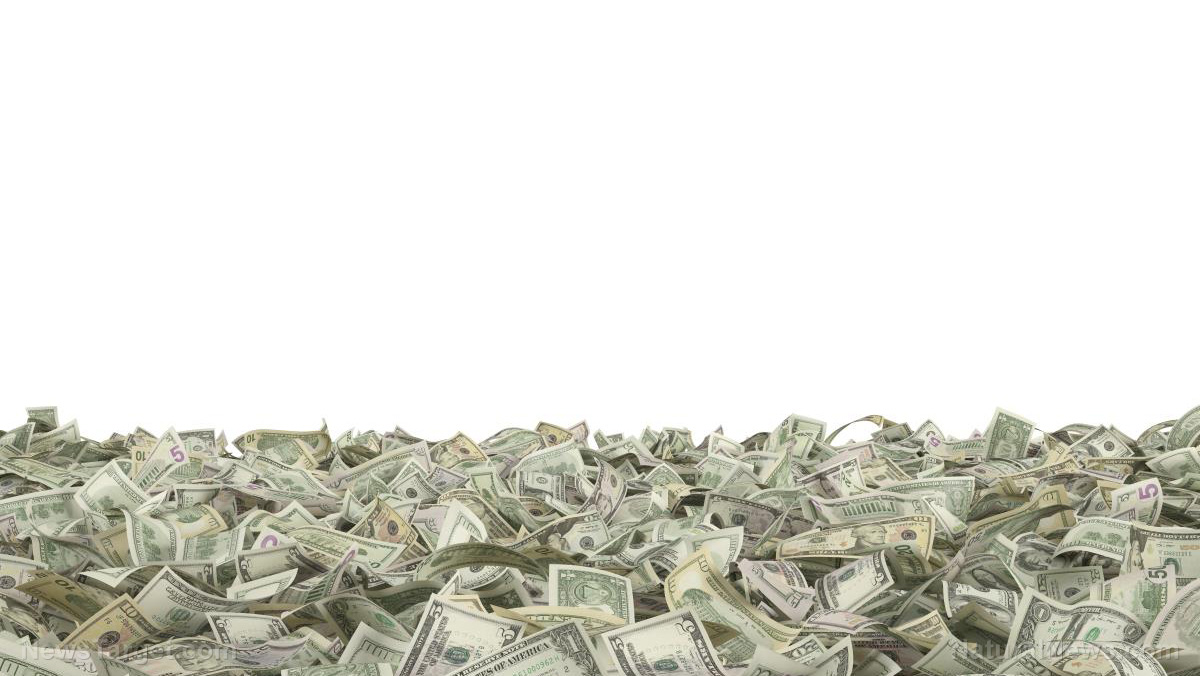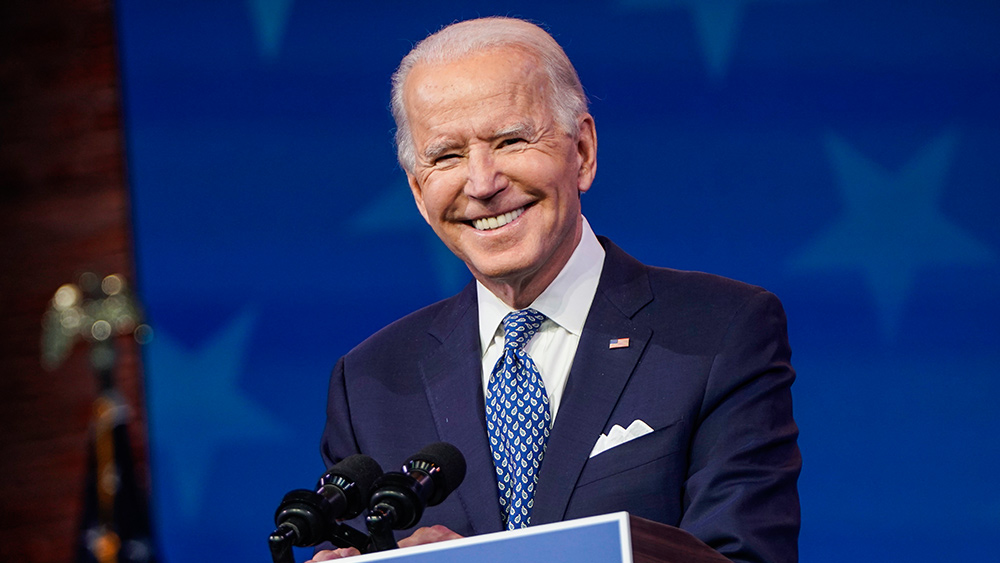
More than half of voters in a recent survey gave President Biden’s handling of economic issues a poor rating as inflation continues to climb.
The national poll, which was carried out online and via telephone last week by Rasmussen Reports and The National Pulse, found that just over a third of likely U.S. voters consider his handling of economic issues to be excellent or good. Fifty-one percent gave him a poor rating, which is a significant rise over July’s figure, when 43 percent of respondents gave him a poor rating.
According to the poll, 83 percent of voters are concerned about inflation, and 57 percent of these are “very concerned;” only 14 percent say they aren’t concerned about inflation. This is up from May, when 76 percent of voters expressed concern and 45 percent were “very concerned.”
Not surprisingly, there was a big division along party lines, with 64 percent of Democrats giving Biden a rating of excellent or good on the economy, compared to just 16 percent of Republicans and 20 percent of voters who said they were not affiliated with either party.
However, the inflation worries are seen across party lines, with 90 percent of Republicans, 77 percent of Democrats and 86 percent of voters without an affiliation claiming they are at least somewhat concerned about the issue.
Biden’s approval rating has now dropped to 37 percent, according to a national poll carried out by Quinnipiac University. A poll by The Morning Consult in conjunction with Politico, meanwhile, found that 62 percent of Americans think Biden’s policies are very or somewhat responsible for the increasing consumer costs being seen right now.
Federal reserve research paper pins high prices on Biden policies
It’s not just voters who feel that way; experts have also identified Biden’s policies as being behind high prices. A new research paper by the San Francisco Federal Reserve has concluded that Biden’s $1.9 trillion American Rescue Plan is contributing to the high inflation we are seeing right now. The package, which was signed into law in March, included enhanced employment benefits, stimulus checks and small business loans as well as aid for local and state governments and airline relief.
However, there has been a lot of debate surrounding the need for so much support at a time when the economy was already starting to recover. In particular, the enhanced unemployment benefits may have discouraged some people from working, contributing to a labor shortage that has been having a negative impact on the economy.
According to the paper from the San Francisco Fed, the plan will increase the Fed’s favored inflation gauge by 0.3 percentage points this year and 0.2 percentage points next year.
One problem is the vacancy rate, which is at an all-time high. This is the number of job openings compared to the size of the current labor force. It has been driven up by worker resignations, with 4.3 million Americans quitting their jobs in August. Many Americans have been quitting their jobs lately in response to vaccine mandates, while others are struggling to manage childcare duties and virtual schooling due to COVID-19 on top of their careers.
The economists believe Biden’s plan will push the vacancy-to-unemployment ratio up by 0.6 units this year and 0.5 units by the end of next year, with the paper noting: “The effect is large, given that labor market tightness currently stands at about 1.25 units.”
Consumer prices climbed 5.4 percent for the year ending in September in the highest pace of inflation seen since 2008, according to a Department of Labor report. Several prominent economists have warned that the inflation being seen right now shows no signs of letting up any time soon.
Sources for this article include:
Please contact us for more information.









